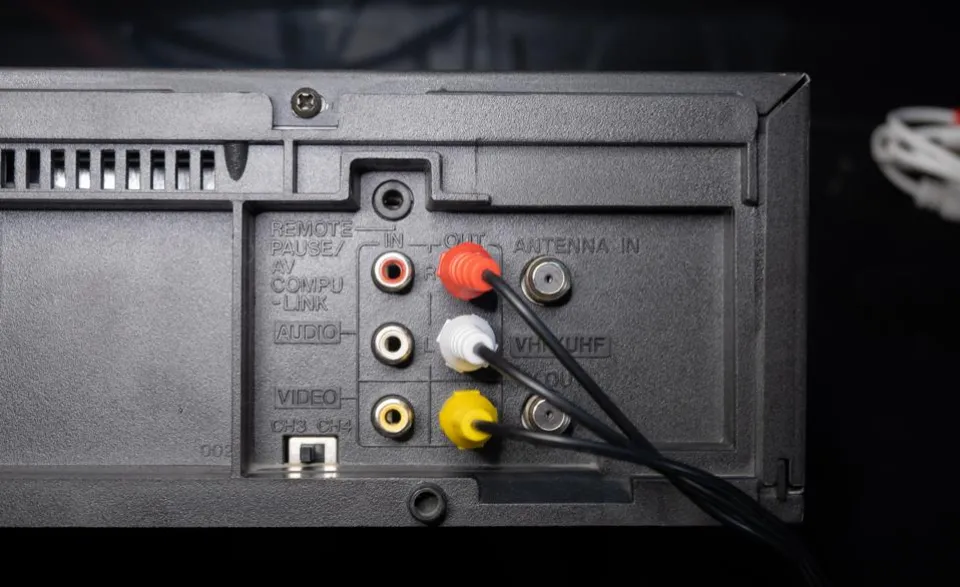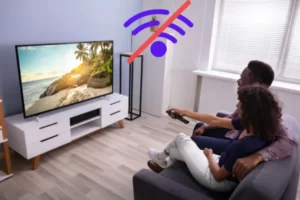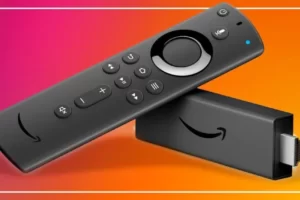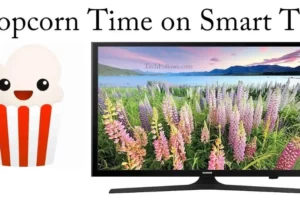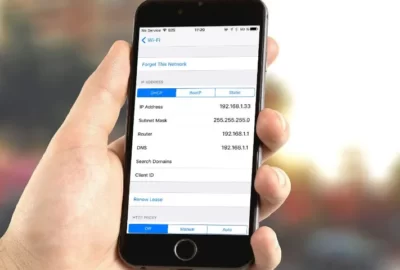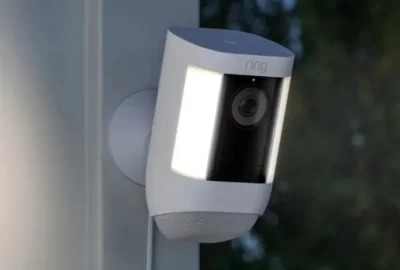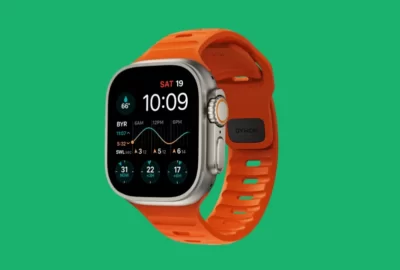How to Connect VCR to Smart TV? Updated Guide 2023
Looking for how to connect VCR to smart TV? You are in the right place!
VCRs are rapidly becoming extinct, but they are still useful for playing back your old VHS tapes and for quickly recording TV shows.
Fortunately, most VCRs use straightforward coaxial or RCA cables. Keep reading and you will find it is easy to connect VCR to smart TV.
How to Connect VCR to Smart TV? (If Your TV Has the Right Inputs)
- Depending on your VCR, locate or buy a composite video (red, yellow, and white) or component video (blue, green, white, and two reds) cable.
- Ensure that the colored ports on the VCR match the colored plugs on the cable’s one end. Note: If you’re using component video, one of the red plugs will be adjacent to the white plug, usually with the wires between them separating at a higher point than the other plugs. The white port and this red plug must be connected together exactly. The other red plug connects next to the green and blue ports.
- If your TV uses a 3.5mm input and you have the appropriate adapter, attach the 3.5mm plug to the analog video input.
- Connect the colored plugs on the other end of the cable into their matching ports on the back of your TV or on the analog video adapter. Note which red plug is closer to the white plug if you’re using a component connection.
- A/V, RCA, or analog is the analog video input on your TV. Select it.
How to Connect VCR to Smart TV With An HDMI Converter?
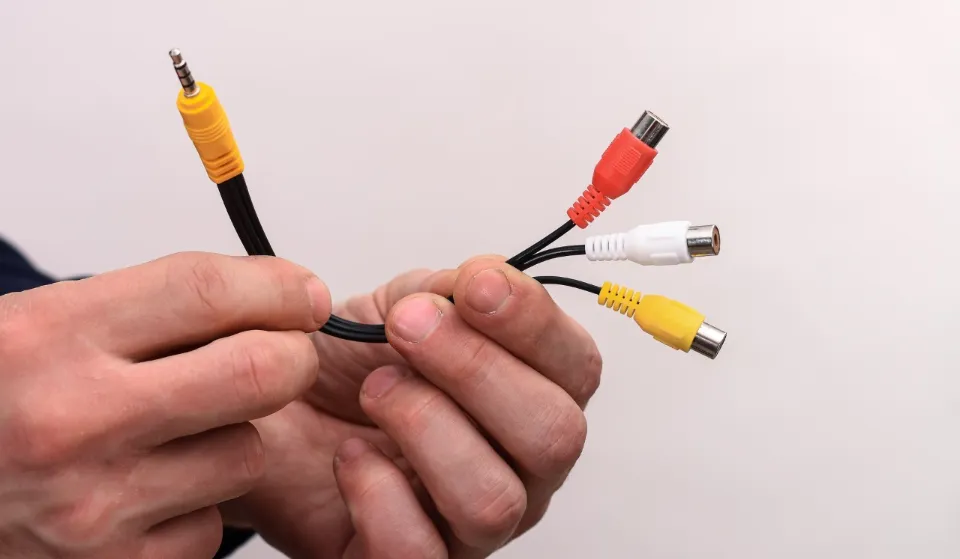
- Depending on what your VCR requires, locate or buy a composite or component RCA cable. A spare HDMI cable should also be purchased if you don’t already have one.
- Depending on what your VCR uses, buy a composite to HDMI or component to HDMI adapter.
- Attach the colored plugs on one end of the cable to the VCR’s corresponding colored ports. The red plug that is next to the white plug, typically with the wires between them separating at a higher point than the other plugs, will be present if you are using component video. Directly next to the white port, this red plug needs to be connected. The green and blue ports are connected by the other red plug.
- The other end of the cable’s colored plugs should be plugged into the appropriate ports on the adapter. Observe which red plug is nearer the white plug once more if you’re using a component connection.
- HDMI cables should be connected to the adapter’s HDMI ports.
- the free HDMI port on your TV with the other end of the HDMI cable.
- Plug the adapter’s power cable into the power port (likely a mini USB port). Connect the other end to an electrical outlet.
- Change the HDMI input on your TV to the one where you inserted the adapter.
Why Use a VCR?
The main reason to use a VCR is to watch old, or even new, videotapes. You can find great deals on old movies and TV shows at garage sales and flea markets, often as cheap as ten tapes for a dollar.
Compared to learning how to connect an external hard drive to a TV, this technology is outdated.
The first products of this kind, VCRs let you watch movies and television shows from VHS tapes. Additionally, these products could only output one sound and had mono audio capabilities.
As technology advanced, VCRs were replaced with DVD and Blu-ray players, which provide better picture and sound quality than VCRs.
Conclusion: How to Connect VCR to Smart TV
Connect the video lead of your VCR to the yellow or green socket on the back of the television. You’ll need to connect the video and audio cables to the VCR.
Verify the AV input on your TV as well. Before connecting the two devices, confirm that your TV has an AV input since some TVs do not.
Read More:
- Does Vizio Smart TV Has Bluetooth Function?
- How to Connect Samsung Smart TV to Wifi?
- How to Install Popcorn Time on Smart TV?
- Can You Block Ads on Roku TV?
FAQs
Why is My VCR Not Showing Up on My TV?
In order to receive the signal from the DVD/VCR combo, make sure the television is tuned to the correct channel or video input.
How Do You Hook Up a VCR to a Samsung Smart TV?
This requires no tuning in, on the TV you simply press AV (or video) button until the image is displayed.

